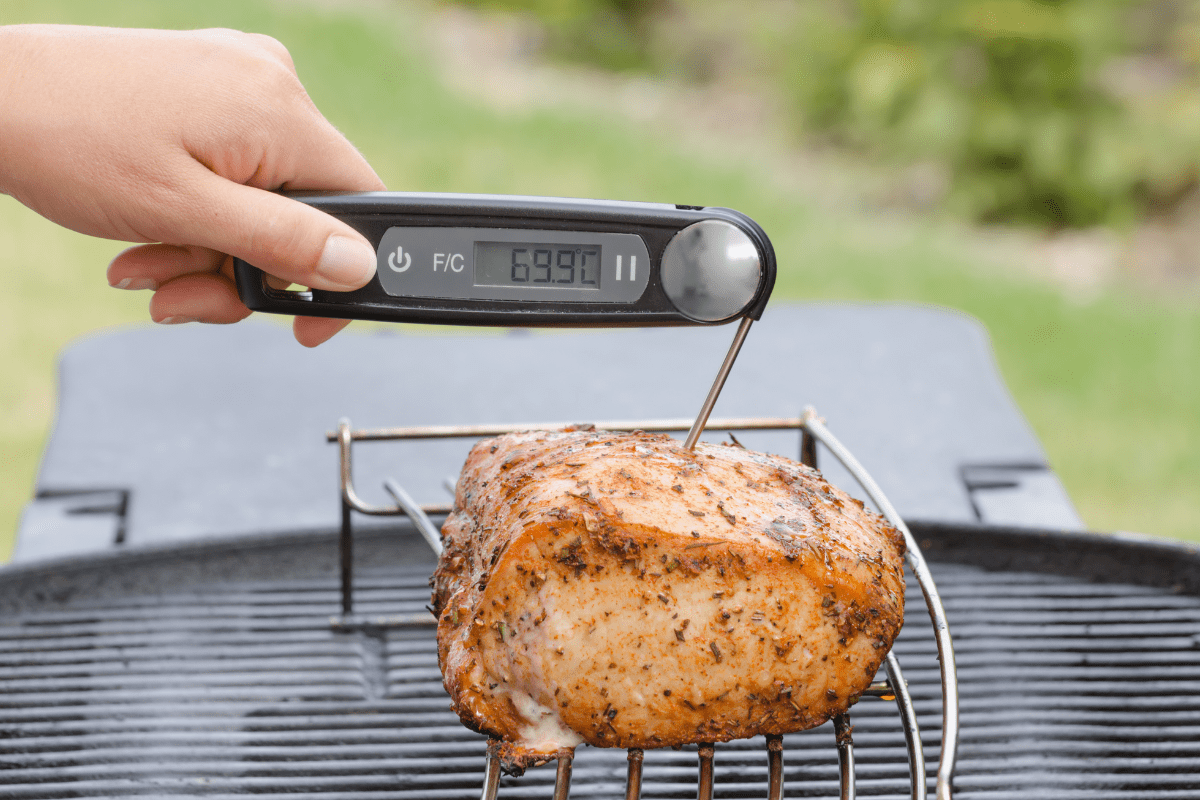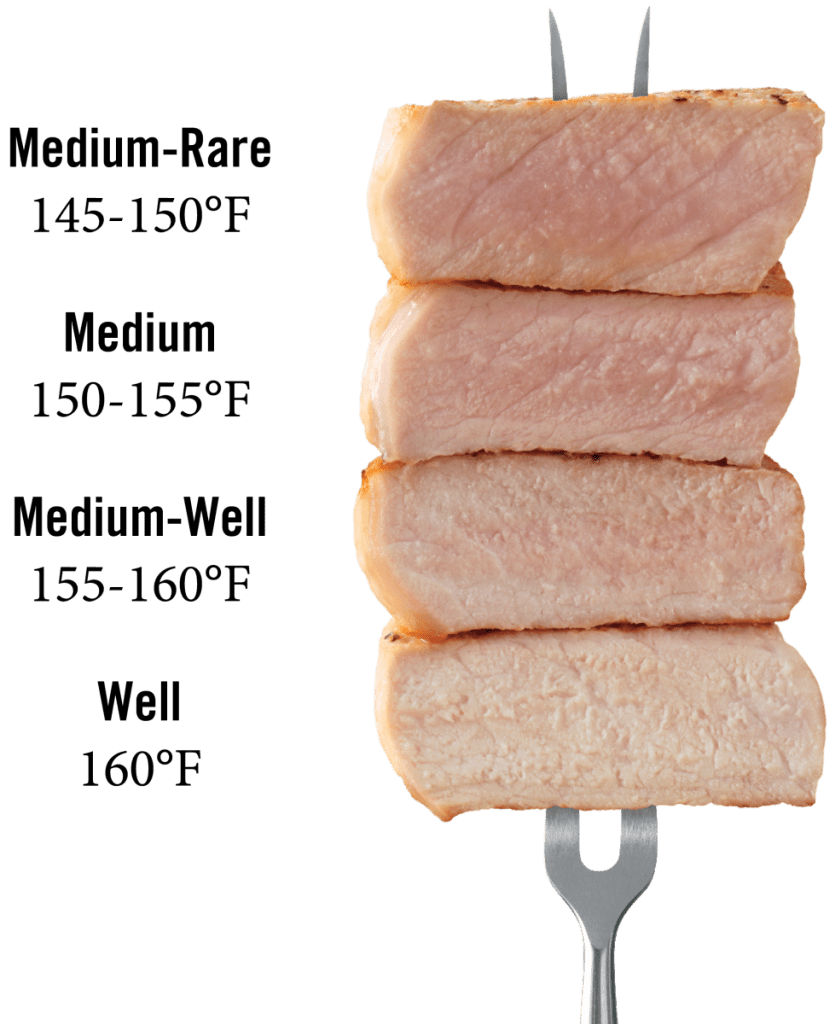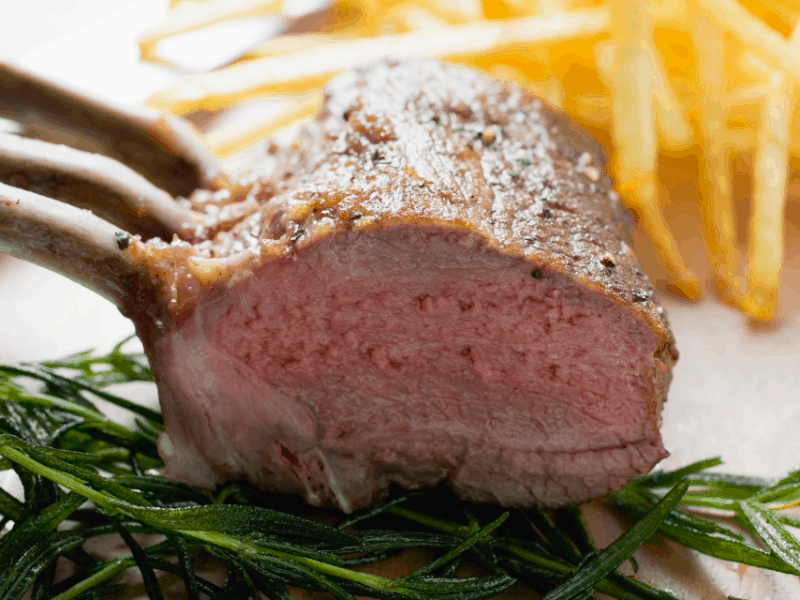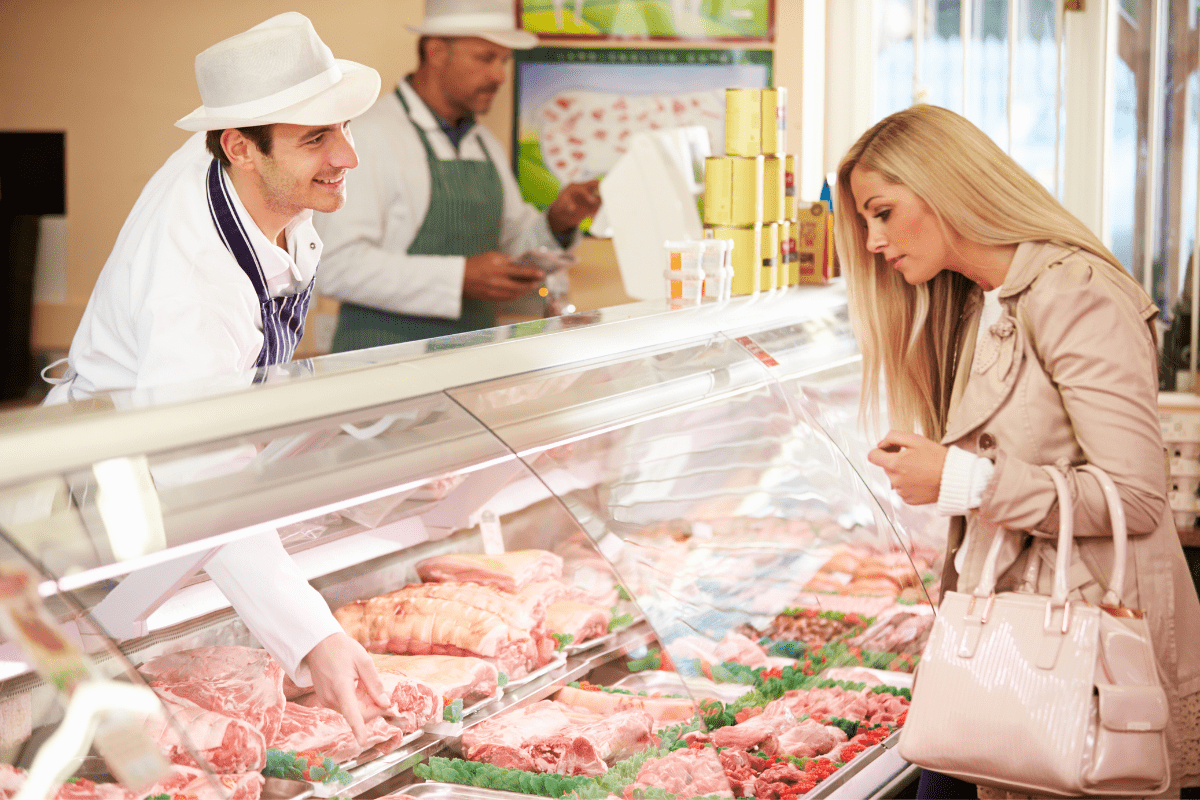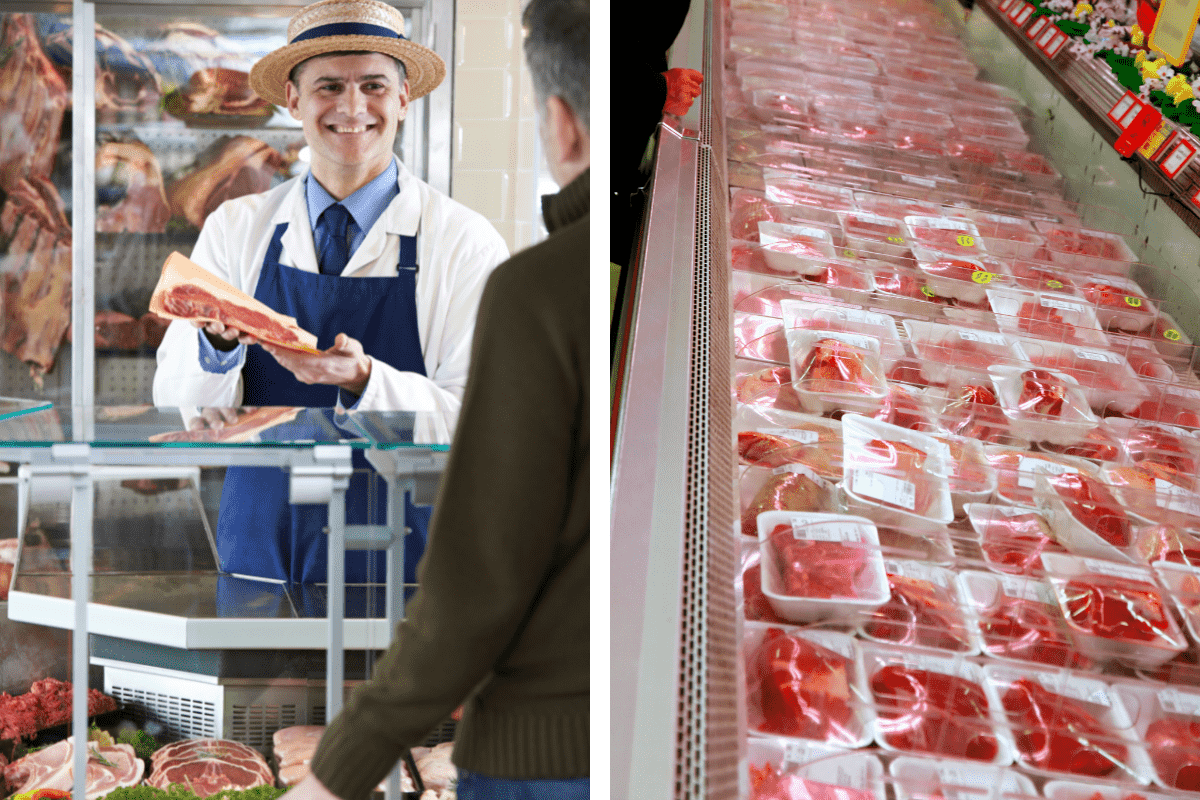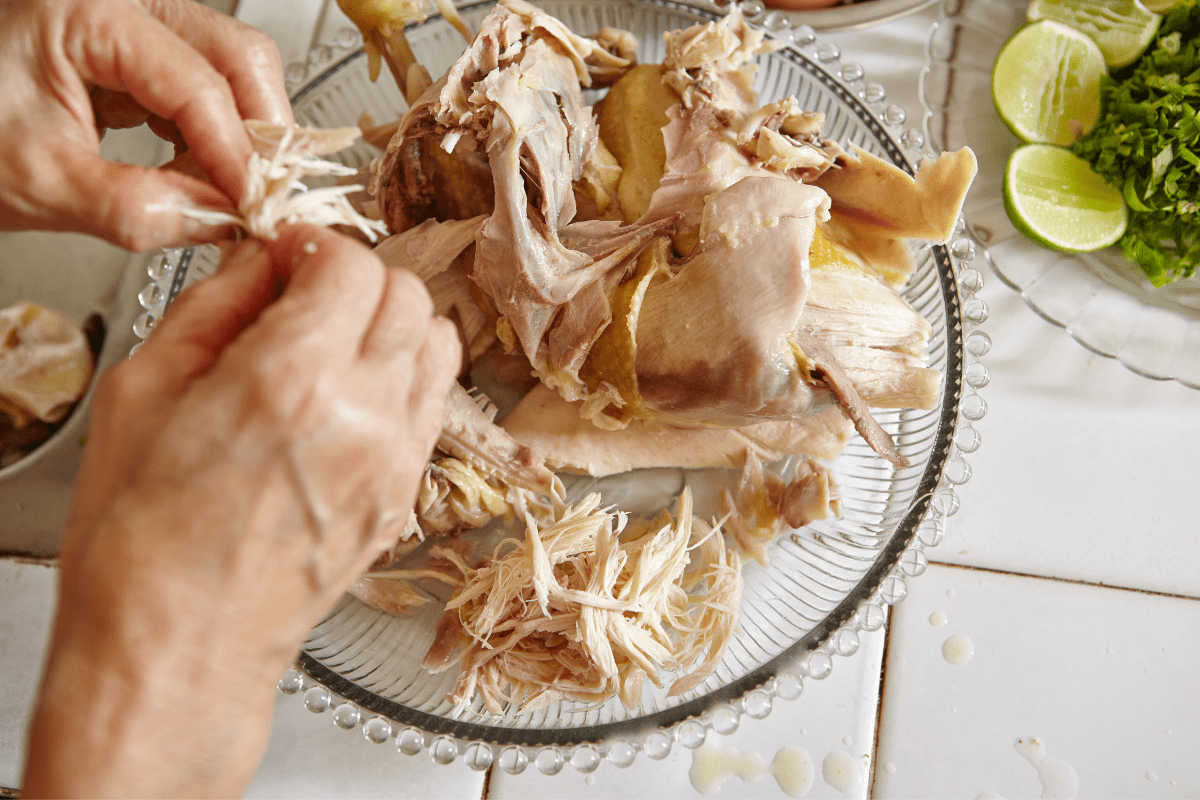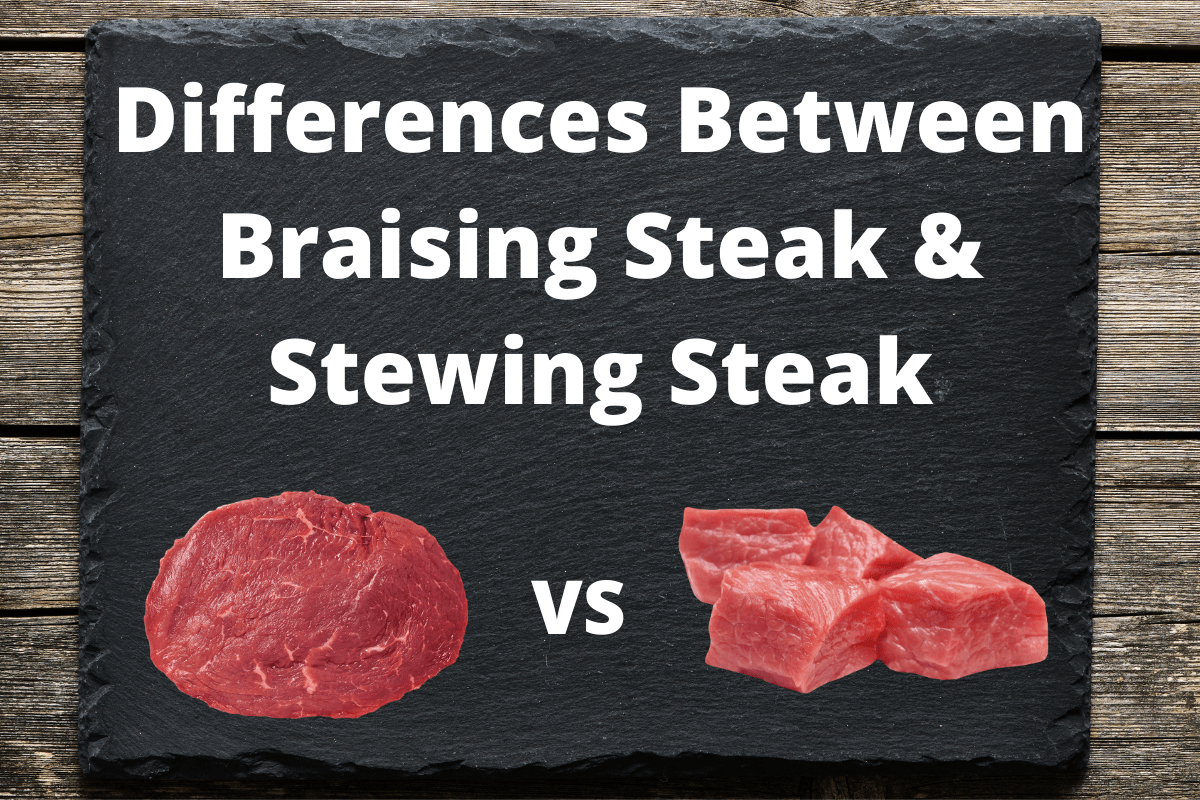If you have read any of the other articles on my site, you will have come to realise that I am a big promoter of having a digital food thermometer in your kitchen toolkit. In this article I will explain the reasons why I believe every kitchen should have one, and some of the other useful ways that one can be used.
So what is a Digital Meat Thermometer? A digital meat thermometer is a probed device that is inserted into the thickest part of the meat you are cooking, to accurately provide the internal temperature. This allows you to accurately assess if the meat has reached a high enough temperature to kill any harmful bacteria that may be present in the meat.
So, as you can see from the bold description above, having a digital food probe is more about food safety than it is about cooking perfection. Although once you master using the thermometer, you will achieve both results!
Although I am using the term ‘meat thermometer’, it is in fact a thermometer that has many uses, not just for meat, as will be explained further in the article.
This article may contain affiliate links to products that we feel may be beneficial to you!
A Digital Meat Thermometer Explained
A digital meat thermometer essentially has two parts, a probe and a digital display.
The probe is a long and thin, pointed metal needle that contains a thermometer. This needle (probe) is inserted into the thickest part of the meat during cooking, and the thermometer sends the internal temperature to the digital display.
The digital display is a screen that will show you the temperature reading that the probe is registering inside the meat. This will allow you to assess if the meat has reached a safe internal temperature to be eaten, or if further cooking is required.
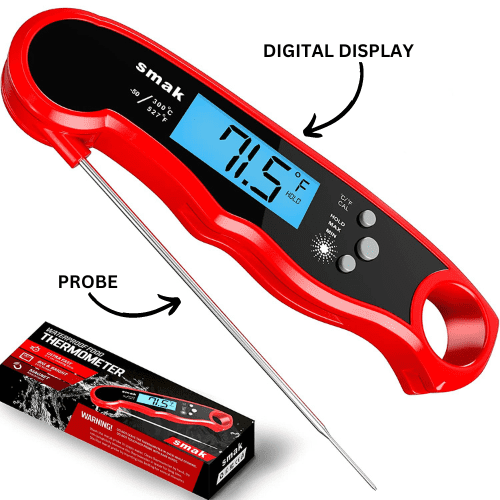
Using A Meat Thermometer For Food Safety
Although the meat thermometer will help you to achieve perfectly cooked food, the primary reason for using it is to ensure that the food you are cooking has reached an internal temperature to kill any harmful bacteria that may be present.
Harmful bacteria, known as pathogens, are present in most foods. These pathogens can be killed during the cooking process to where they no longer present a threat. However, if the food is not cooked to a high enough temperature to ensure the pathogens are eradicated, then you run the risk of food poisoning the people who eat the food.
Food poisoning is very unpleasant, and can result in death in extreme cases!
While the American food supply is among the safest in the world, the federal government estimates that there are about 48 million cases of foodborne illness each year. This estimate is equivalent to 1 in 6 Americans becoming sick from contaminated food, which results in an estimated 128,000 hospitalizations and 3,000 deaths.
FDA.GOV
Now you may be getting to understand why I feel a digital food thermometer is a ‘must have’ gadget in your kitchen.
Here is a handy chart of safe internal temperatures for different foods.
| Product | Minimum Internal Temperature & Rest Time |
|---|---|
| Beef, Pork, Veal & Lamb Steaks, chops, roasts | 145 °F (62.8 °C) and allow to rest for at least 3 minutes |
| Ground Meats | 160 °F (71.1 °C) |
| Ground Poultry | 165 °F |
| Ham, fresh or smoked (uncooked) | 145 °F (62.8 °C) and allow to rest for at least 3 minutes |
| Fully Cooked Ham (to reheat) | Reheat cooked hams packaged in USDA-inspected plants to 140 °F (60 °C) and all others to 165 °F (73.9 °C). |
| All Poultry (breasts, whole bird, legs, thighs, wings, ground poultry, giblets, and stuffing) | 165 °F (73.9 °C) |
| Eggs | 160 °F (71.1 °C) |
| Fish & Shellfish | 145 °F (62.8 °C) |
| Leftovers | 165 °F (73.9 °C) |
| Casseroles | 165 °F (73.9 °C) |
Related Article – Cooked Chicken Looks Pink – Is it Safe To Eat?
Using A Digital Food Thermometer For Perfect Results
Alongside the safety aspect of using the digital thermometer, there is also the argument for perfect cooking results.
As you become familiar with using your food probe, you will start to get a feel for how much longer food needs to continue cooking, to make it not only safe to eat, but perfectly cooked too.
No more guessing that you will leave the meat in the oven for another 10 minutes when in fact 3 more minutes will get the job done.
You will start to see that by utilizing your thermometer, you can almost eliminate under or overcooked food and start enjoying meals as they were intended to be eaten.
With very little effort, and by following the temperature and timings of the food chart above, the people receiving your perfectly cooked meals will begin to look at you as the Chef in the kitchen.
How To Use A Digital Meat Thermometer
There are 2 types of digital meat thermometers, instant read hand held thermometers and in-oven thermometers.
Hand Held Instant Read Meat Thermometers
With a hand held instant read thermometer, you physically insert the probe into the thickest part of the meat to assess the temperature at that moment.
If you are frying, grilling, broiling, or open air cooking food, the hand held thermometer is perfect for just inserting into the food to give you an instant internal temperature. This will allow you to guage how much longer the food needs to continue cooking to reach the safe internal temperature.
The hand held device is also very convenient as you can carry it around with you and use it wherever it is needed depending, on the temperature you are looking to take. As mentioned earlier, we will be looking at other uses for the probe further in the article.
One of the potential disadvantages of the hand held probe is if you are cooking something in the oven. To take the temperature of your oven cooked food, you will need to remove the food from the oven in order to probe it. This means that you are allowing the heat to escape from the oven each time you want to take the temperature.
Video of How the Instant Read Thermometer Works
You can find a selection of Instant Read Thermometers on Amazon for under $20
In-Oven Digital Thermometer
If you are cooking something in an oven, closed barbecue, smoker, or anything that required you to keep the heat in an enclosed area, then an in-oven probe would be a better option for you.
Much like the hand held version, the in-oven thermometer has a probe and digital display, however the probe is attached to a heatproof wire. This allows you to put the probe into the thickest part of the food before putting it into the enclosed heat source such as the oven. The digital display remains outside and displays the internal temperature throughout the cooking process. This allows you to monitor the temperature of the food without having to open the heat source, ensuring faster and more even cooking.
Some of these thermometers even come with an alarm. You can set the thermometer to sound the alarm once the meat/food has reached the desired internal temperature you want. This means that you can get on with other things in the kitchen, knowing that you will be alerted when your food is cooked to perfection.
The in-oven thermometer can also be used like the hand held, however it is a little more fiddly due to the wire.
Video of How the In-Oven Thermometer Works
You can find a selection on In-Oven Thermometers on Amazon for Under $20
Ok, so now you have a good idea about the different types of digital food thermometers and how to use them. Now lets look at some other ways you can use the instant read thermometer around the kitchen.
Other Handy Ways To Use A Digital Food Thermometer
Here are a few other ways that a digital food thermometer can be useful other than for measuring meat/food temperatures.
Refrigerator Temperature Check
Use your digital thermometer to ensure that your refrigerator is operating at the correct temperature. You can place the open thermometer into the refrigerator and close the door for a few minutes, then open it to see the temperature on the display. Another method is to insert the probe into a food or liquid that is being store in the refrigerator such as milk or butter. The temperature of the food with reflect the temperature within the refrigerator.
The ideal temperature for a household refrigerator is between 37 – 40oF (3-5oC)
Freezer Temperature Check
You can test your freezer is running at the a safe temperature using the food thermometer.
Just place the open probe into the freezer for a couple of minutes and then check the temperature.
A Freezer MUST be at or below 0oF / -18oC to ensure it is keeping food safely frozen!
Liquid Temperatures
You may enjoy canning, jam making, candy making etc where it is important for your liquids to reach and maintain a certain temperature. Your handy thermometer can make sure this happens.
Baby Food / Milk Temperature
Milk comes from the mothers breast at natural body temperature of about 37oC/99oF. Using your digital thermometer can allow you to heat the milk back up to this natural temperature, also ensuring the milk is not too hot that it may harm the baby.
Baby Bath Water Temperature
Again, a babies bath water should be around the natural body temperature of 99oF/37oC. Using the probe will allow you to get the temperature just right for the baby to enjoy their bath without risk of scalding.
